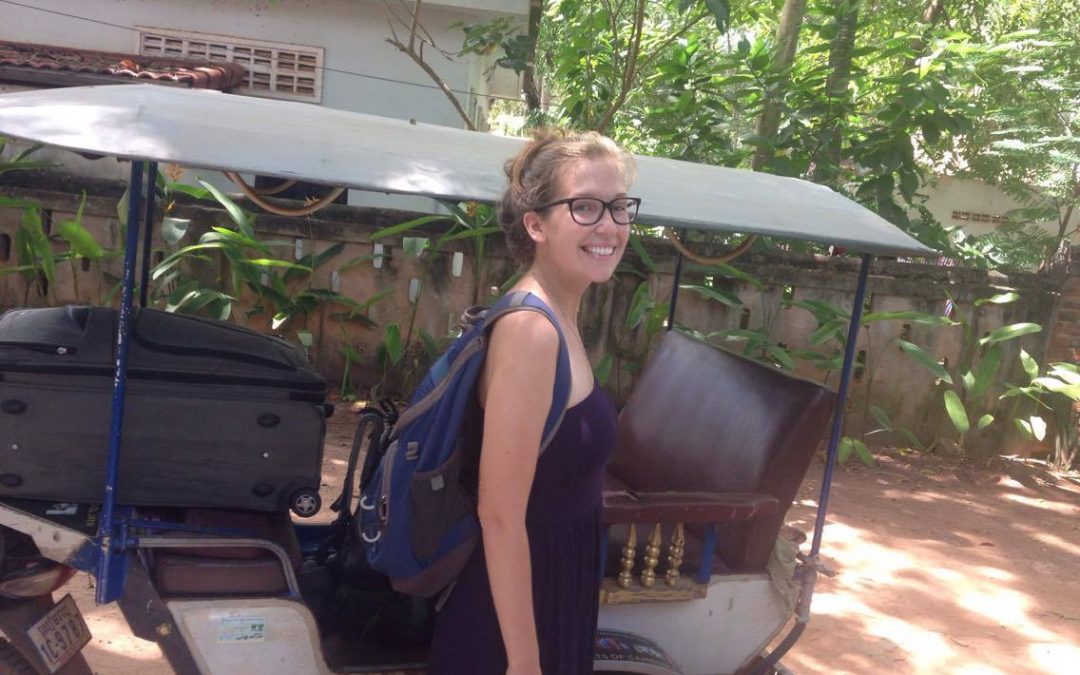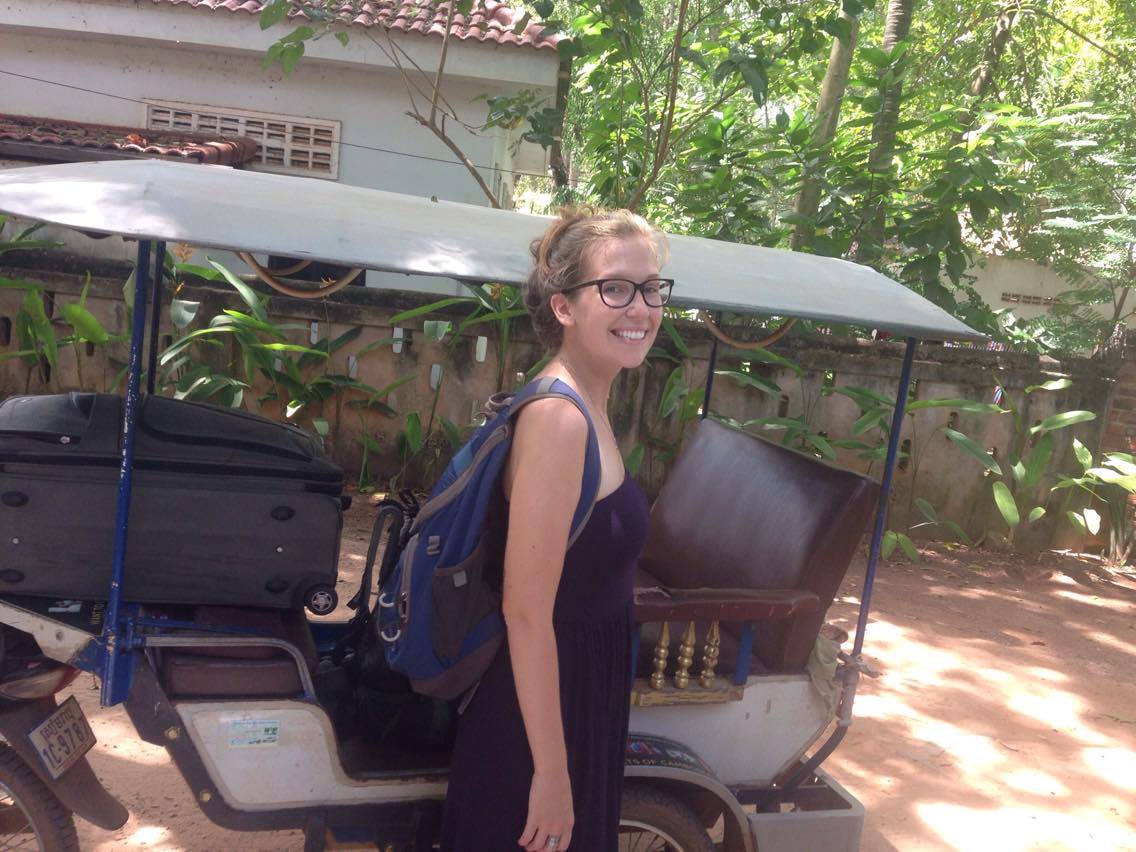
Because of Cambodia’s warm climate, many tourists and volunteers travelling to Cambodia opt to fill their backpacks with tank tops and shorts in anticipation of the heat and humidity. However, there are other things to consider besides weather and climate.
Cambodian is an eastern country with its own set of traditional ethics and customs. The clothes that local Cambodians typically wear are often seen as conservative, particularly from the point of view of travellers from western countries.
We should keep in mind that we’re guests in a foreign country with different values and standards, and it’s sensible to learn the customs of our host country prior to our visits.
In general, we should always use common sense and dress respectfully according to where we are and what we’re doing.
When volunteering…
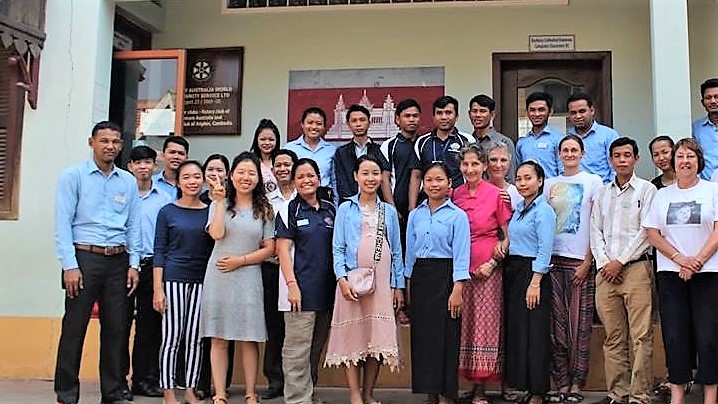
- Dress codes vary from place to place, so it’s best to ask about it before your first day of work! As a rule of thumb, casual dress is the best choice, with T-shirts or shirts covering your shoulders and trousers or knee-length skirts/shorts.
- There should be no exposed shoulders, cleavage or short shorts as they’re usually considered inappropriate for a work environment.
- In some places, such as school, you may be asked to remove piercings if they’re considered to be extreme or in excess.
Everyday attire
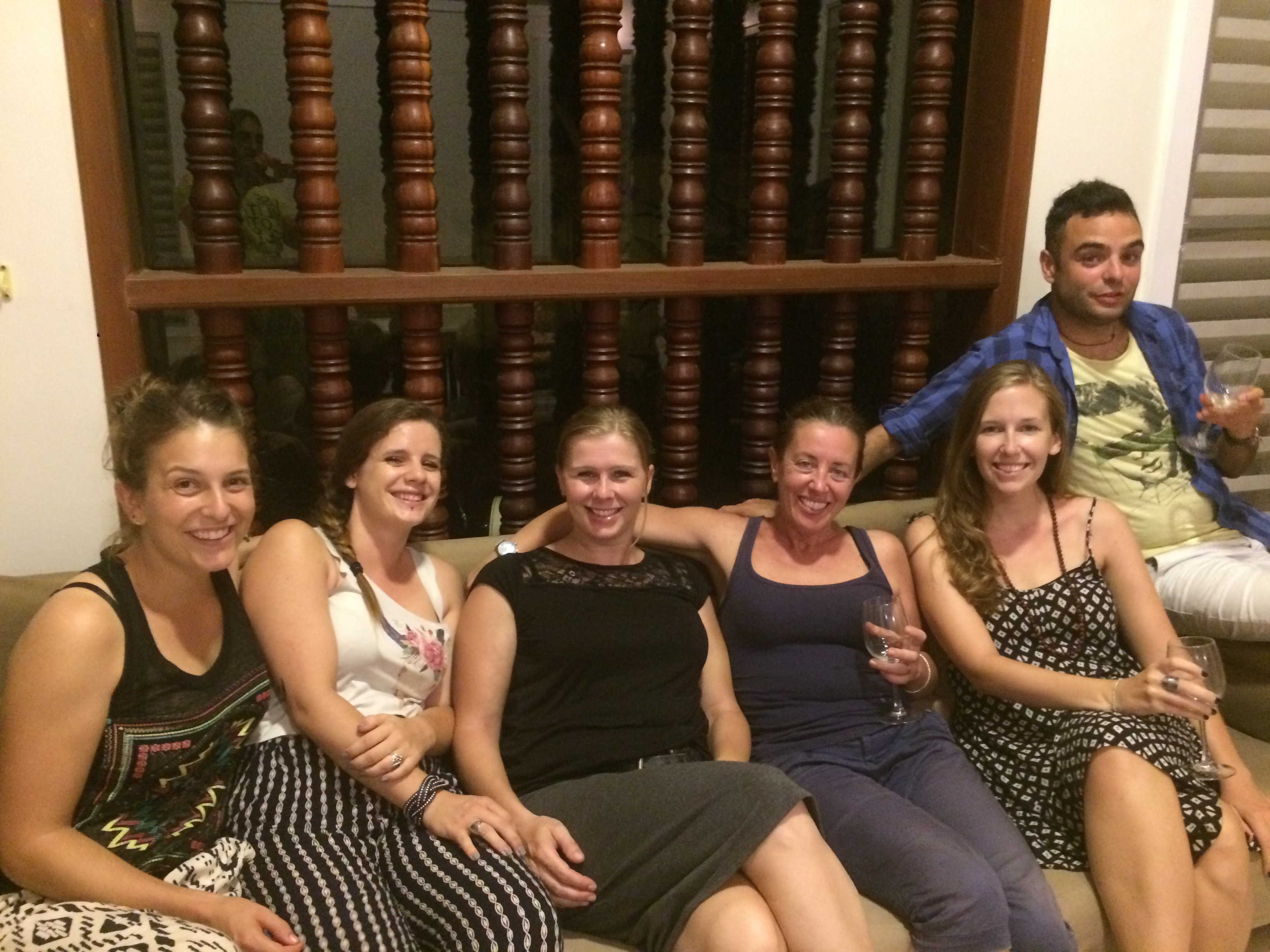
Because of Cambodia’s hot, humid climate throughout the year, we recommend bringing light, comfortable and casual cotton pieces that allow your skin to breathe.
- Essentially, you cannot go wrong with light-weight, smart casual pieces, such as cotton collared shirts or T-shirts, and knee-length shorts or skirts.
- Long-sleeved tops are recommended for protection against the sun and against mosquitoes.
- Comfortable shoes , like rubber flip flops or light sandals, are a must for walking around the city. If you’re afraid of dust and dirt, trainers with socks are a good choice.
- Pack light, there will be cheap opportunities to get your laundry done on the streets (1 kg = $1)
When visiting during the rainy season…
- During the rainy season of June to October, don’t bother bringing an umbrella. The monsoons are usually so intense that you’d end up thoroughly drenched!
- It’s generally better to find a hiding spot and wait for the rain to end, or to purchase a waxed rain poncho like the green ones that are used by tuk-tuk drivers. Rain ponchos are available for a few dollars at any shopping mall.
- When it’s raining, be sure to leave your leather shoes behind and wear rubber flip-flops instead.
When visiting Buddhist temples…
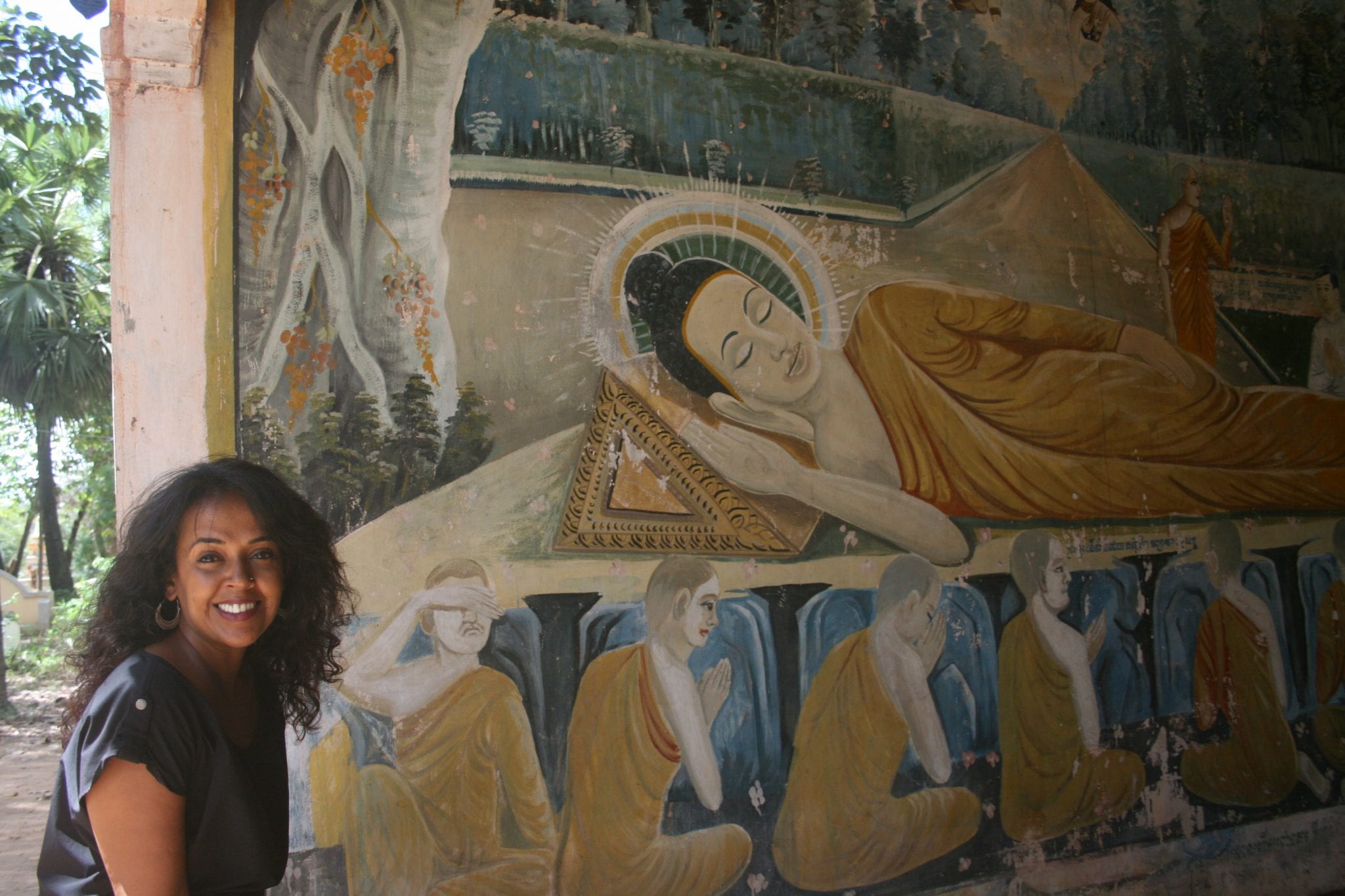
Be aware that revealing clothing such as shorts or skirts that end above the knees, or tank tops and shirts that show bare shoulders are prohibited in all sacred places. Dressing respectfully is not only recommended, you could in fact be denied entrance or incur fines if you fail to dress appropriately. This is particularly true when visiting Angkor Wat, which is not merely a tourist attraction, but continues to be a living, breathing place of prayer.
Read up on the Angkor Visitor Code of Conduct prior to visiting.
When visiting the countryside or other rural areas…
Unlike locals in the cities and touristic areas, locals in rural areas and the countryside may not be used to seeing tourists. Stick to the general guideline of avoiding revealing clothing, covering your shoulders, and wearing knee-length shorts and skirts.
When visiting someone’s home…
Due to dust from the streets and mud from rainy days, locals usually take off their shoes and leave them outside people’s homes. Sometimes they even do this in public places, out of respect. Children are often taught to take their shoes off before entering the classroom. If at anytime you see a bunch of shoes outside an entrance, be sure to follow and take your shoes off before entering.
Keep in mind that Cambodia is a country in which modesty is valued, and even visitors are expected to respect and follow the moral codes of the country.
Dressing appropriately shows that you’re honouring your host country’s traditions and customs, which will serve as the first step in a harmonious interaction between you and the locals even before you speak.
